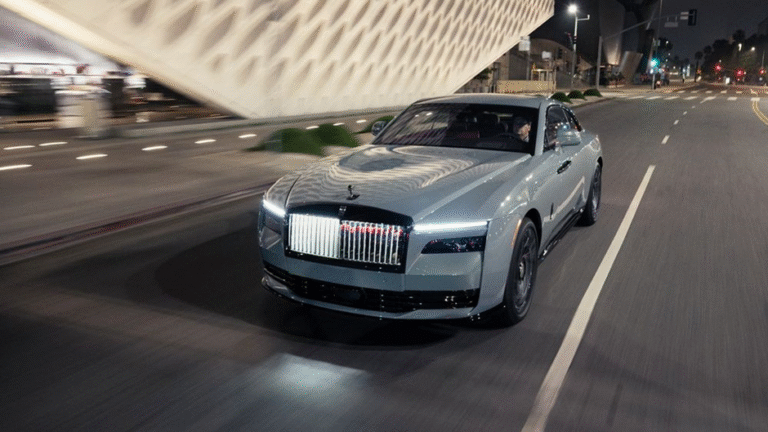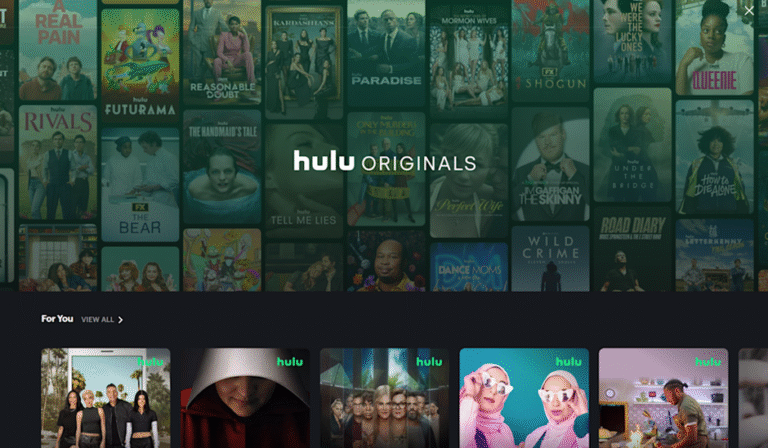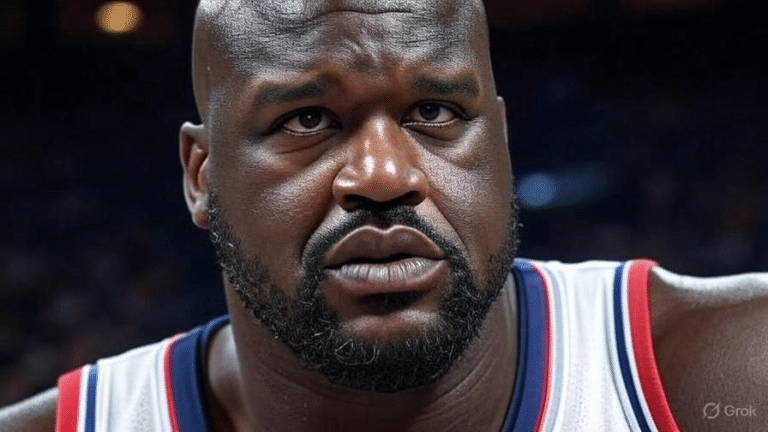LOS ANGELES — A city simmering with unrest found itself at the center of national attention as President Donald Trump lauded the National Guard for its response to intensifying protests sparked by the administration’s aggressive immigration enforcement measures.
“Great job by the National Guard in Los Angeles after two days of violence, clashes, and unrest,” Trump posted on Truth Social, just hours after sending thousands of federal troops to the area.

But within the hour, Los Angeles Mayor Karen Bass responded on X, contradicting the president’s statement. She asserted that no National Guard personnel had been officially deployed in the city, despite the escalating tensions and widespread reports of confrontations between demonstrators and law enforcement.
Officials on the ground declared an unlawful assembly and escalated their response with tear gas, flash-bangs, and pepper spray. Stark footage circulated across social media showed streets littered with debris, overturned shopping carts, and rows of uniformed troops donning gas masks as clouds of smoke filled the air.
Protesters claim the Trump administration’s immigration operations have crossed lines, violating both civil and human rights. Sweeping enforcement efforts have reportedly affected not only undocumented individuals but also lawful residents—sparking fierce opposition and legal pushback.
“They cannot just walk into our neighborhoods and snatch our people without resistance,” said 44-year-old protester Ron Gochez. “There will be organized and fierce resistance, always.”
Why Did Trump Call in the National Guard?
Trump’s directive to dispatch approximately 2,000 National Guard troops to Los Angeles followed intense clashes between riot-gear-clad police and anti-immigration enforcement protesters. Demonstrators hurled concrete chunks, damaged vehicles, and tagged buildings, according to reports from the Department of Homeland Security.
White House Press Secretary Karoline Leavitt defended the president’s actions, stating he signed a memo on June 7 to “address the lawlessness that has been allowed to fester.”
“The Trump Administration has a zero-tolerance stance on criminal behavior and violence, especially when law enforcement officers are being targeted while doing their jobs,” Leavitt said.
Where Are the Protests Erupting?
The first major demonstration erupted in the city of Paramount, about 15 miles south of downtown Los Angeles, following an Immigration and Customs Enforcement (ICE) raid that resulted in at least 44 arrests tied to alleged immigration violations. Protesters, numbering between 350 and 400, clashed with ICE agents, throwing objects and refusing to disperse.
The protest soon sparked a wave of coordinated demonstrations across greater Los Angeles. In downtown LA, a second rally drew around 60 demonstrators chanting slogans like “ICE out of L.A.!” as tensions escalated into the night.
Two Los Angeles County sheriff’s deputies were hospitalized with injuries but have since been released. Protesters have also reported injuries, including David Huerta, president of the Service Employees International Union of California, who said he was arrested and hurt during a confrontation with federal officers.
What Has Governor Gavin Newsom Said?
California Governor Gavin Newsom criticized Trump’s deployment order as “purposefully inflammatory,” warning that it would only intensify the volatile situation.
“LA authorities already have access to law enforcement support whenever needed. There’s no unmet need,” Newsom stated in a post on X. “This is the wrong mission and will only erode public trust in government.”
The governor emphasized that local officials were handling the situation and that federal intervention was neither requested nor welcome under the current circumstances.
How Many Have Been Arrested?
According to the Department of Homeland Security, ICE operations last week resulted in the arrest of 118 undocumented immigrants in Los Angeles. Among those arrested were five alleged gang members and individuals with records tied to drug trafficking, smuggling, and violent crimes.
The Los Angeles Police Department also confirmed one arrest directly related to the ongoing demonstrations as of early June 8. Several others were reportedly detained, though formal charges had not yet been filed.
As protests continue and tensions remain high, all eyes are on LA—where the intersection of immigration policy, federal authority, and public resistance is playing out in real-time.



